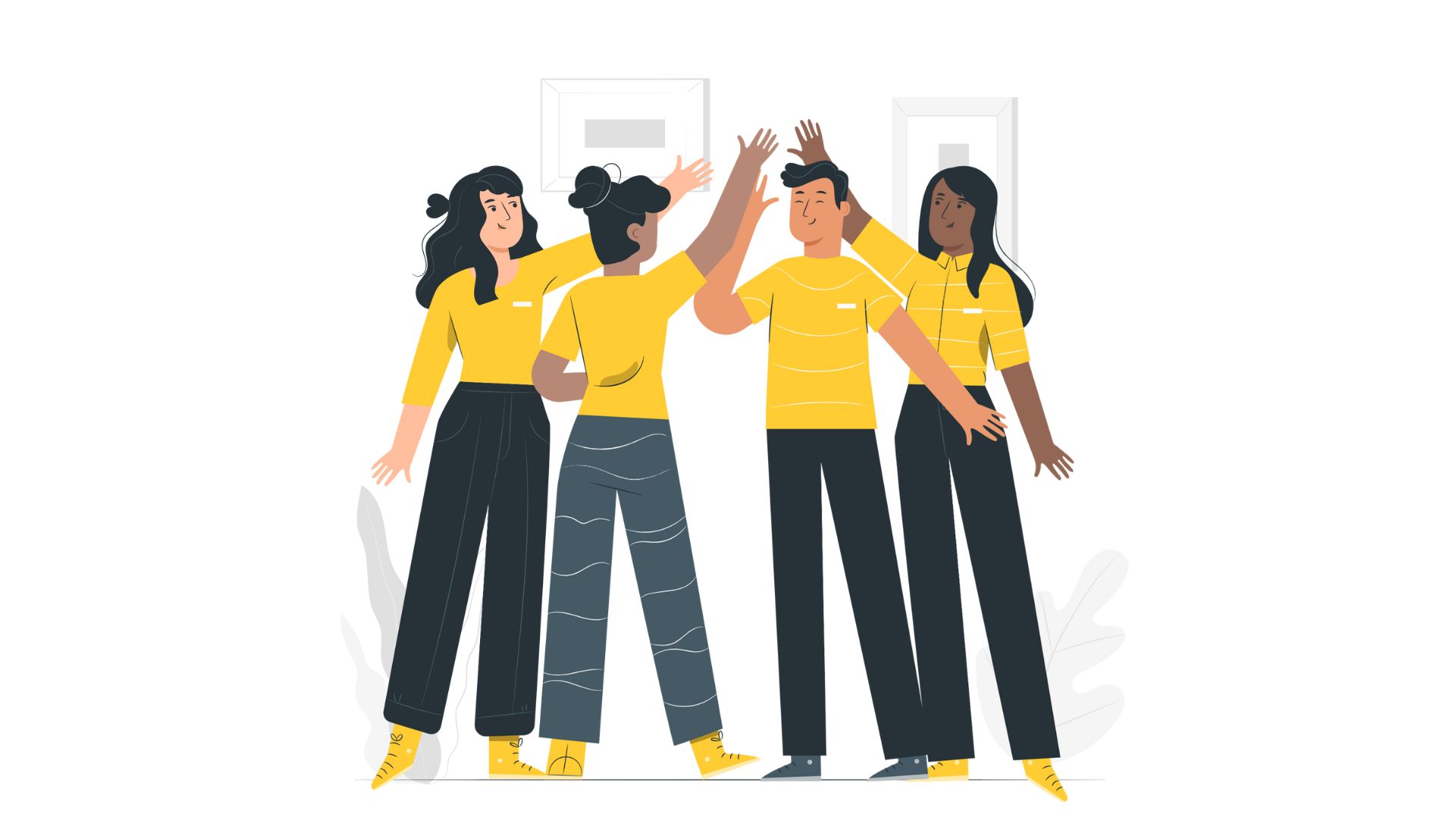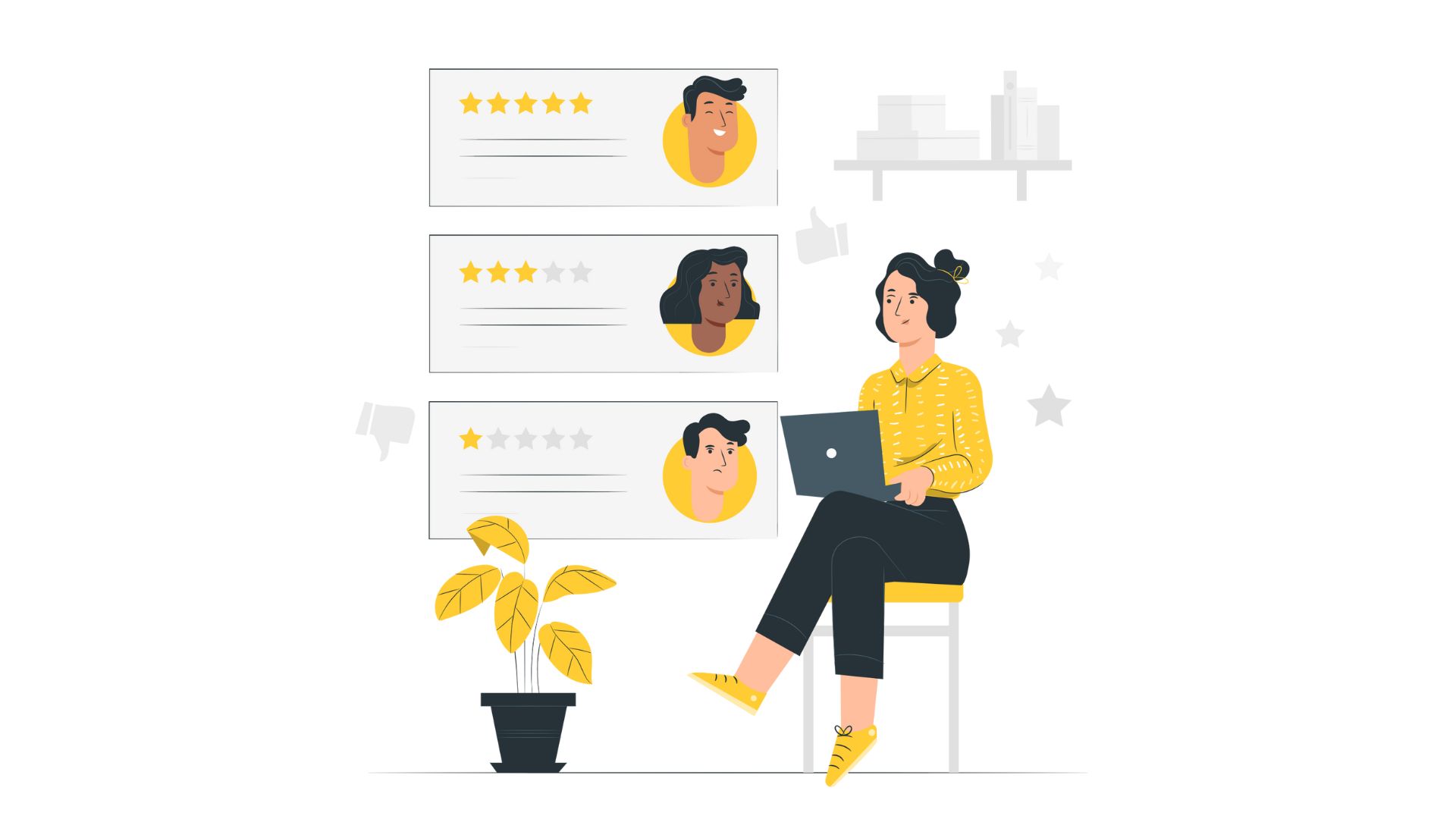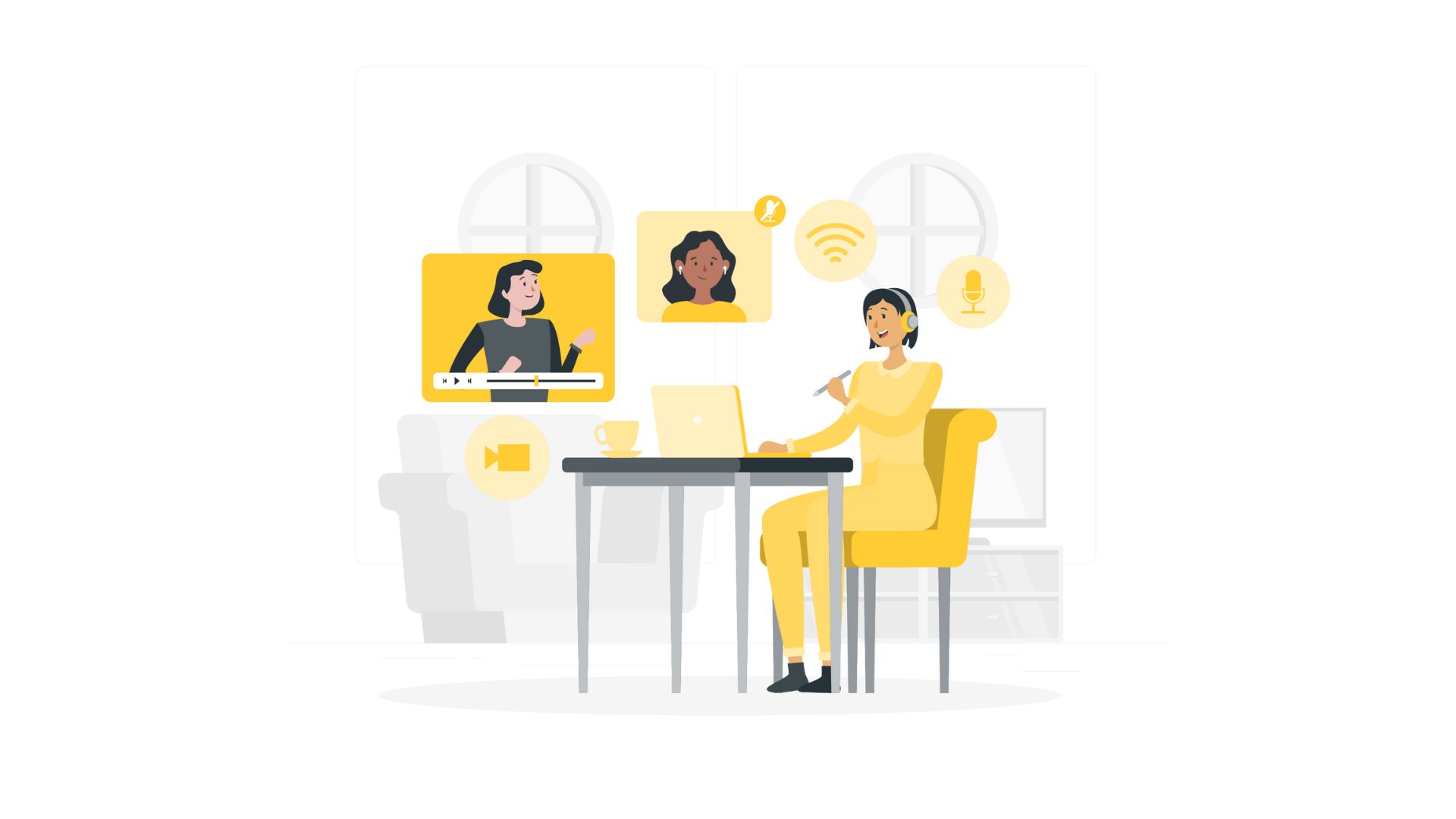Unleashing the Power of Peer Learning Networks for Employee Productivity

Did you know that one of the most underrated hacks for boosting employee productivity lies in peer learning? Yes, you heard it right! Peer learning, which originates from classrooms, is now proving to be a game-changer for organizational growth. It's all about collaborative learning and leveraging the strengths of individuals while honing practical collaboration skills.
Back in 1988, Boud highlighted that peer learning involves the exchange of ideas, experiences, and course knowledge, ultimately benefiting everyone involved. It takes learning beyond the boundaries of independent study and fosters interdependence.
In today's competitive business landscape, companies face immense pressure to stay ahead. This relentless competition often translates into higher costs for employers. Fortunately, peer learning provides an excellent solution to address this challenge. By implementing a peer-to-peer learning program within the workplace, you can significantly enhance engagement, develop employees, and skyrocket productivity. Traditional corporate training programs have become outdated and less effective, so it's time to tap into the knowledge iceberg at your workplace and unlock the true potential of peer learning.
Let's explore how peer learning can revolutionize employee productivity:
1. Strengthens Company Culture:

Implementing peer learning in the workplace can significantly strengthen company culture. When employees learn from their peers at the same level, it creates a sense of inspiration and relatability. Unlike external instructors or supervisors, peer teachers understand the challenges and experiences that employees face on a day-to-day basis. This fosters a more collaborative and inclusive environment where employees feel comfortable sharing knowledge and ideas. As a result, productivity increases as employees actively engage in peer-to-peer programs, leading to personal growth and a positive learning experience.
2. Feedback Loops:

Peer learning plays a crucial role in improving feedback skills and promoting effective teamwork. Through peer learning, employees have the opportunity to practice giving and receiving constructive feedback. This process helps them develop their feedback-giving abilities and understand how to deliver feedback in a way that achieves results. By mastering the art of feedback, employees become better team players and contribute to the overall success of the organization. Effective feedback loops established through peer learning can lead to continuous improvement and increased productivity.
3. New Perspectives:

Peer learning thrives on collaboration, which exposes individuals to new perspectives and ideas. When employees from different backgrounds and experiences come together to learn from each other, it creates a supportive and diverse workplace environment. The exchange of ideas and experiences broadens horizons and encourages individuals to think beyond their own perspectives. This fosters a cohesive team that values diversity, leading to increased productivity even when personal compromises are required. By embracing new perspectives through peer learning, organizations can tap into untapped creativity and innovation.
4. Learning By Teaching Others:

One of the most efficient ways to learn is by teaching others. Peer learning encourages knowledge sharing, particularly in areas that can only be acquired through experience. By transferring tactical knowledge to their peers, employees reinforce what they have learned throughout their career growth. Teaching others also enhances their own understanding and mastery of the subject matter. In a peer learning setting, experienced employees can share critical tricks of the trade with new hires, providing them with a solid foundation and accelerating their productivity. This knowledge transfer empowers employees to take ownership of their professional development, resulting in increased productivity and overall organizational success.
By thoughtfully implementing peer learning, organizations can reap numerous benefits. Peer-to-peer learning nurtures collaboration, autonomy, and effective communication among team members. It reduces the need for constant management intervention, as competent employees can solve problems and acquire new skills through peer interaction. This approach empowers employees to take control of their own growth, leading to increased productivity. Instead of relying solely on supervisors or attempting to acquire skills in isolation, employees can tap into the power of peer learning networks and witness remarkable transformations within the organization.
If you're interested in launching Employee Peer Learning Networks at scale, BHyve specializes in helping large corporations achieve this goal. Their team of technocrats and organizational psychologists is dedicated to increasing employee productivity by at least 25%. Embrace the untapped potential of peer learning and unlock a remarkable transformation in your organization's productivity.